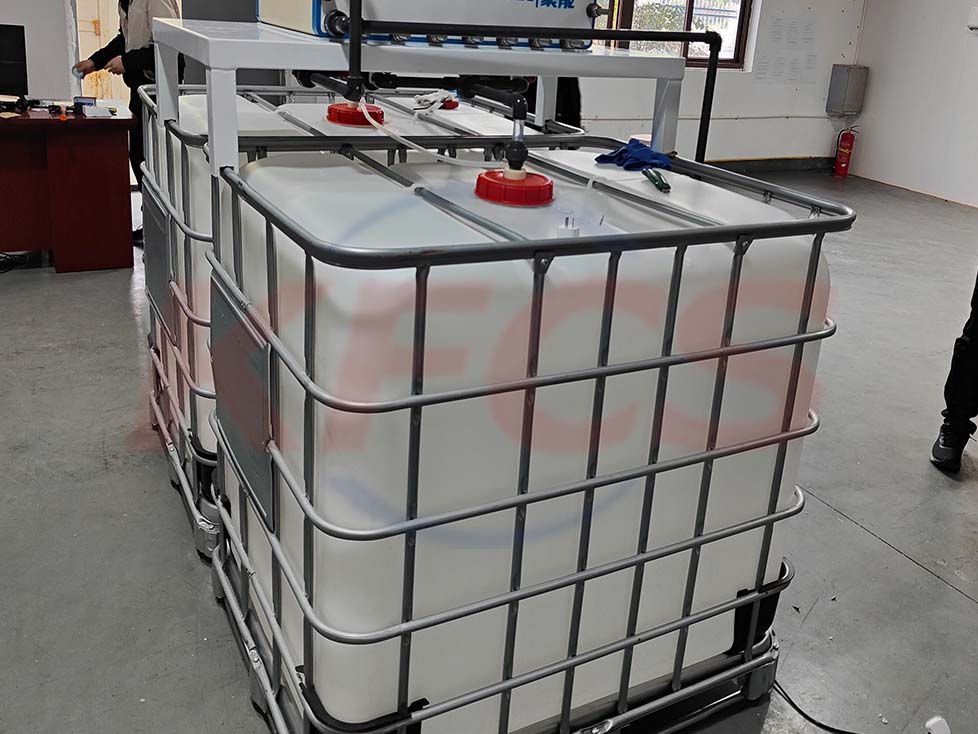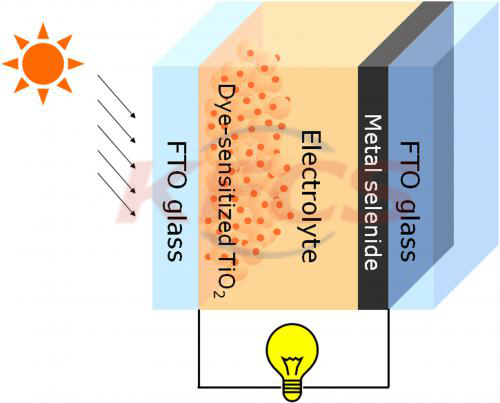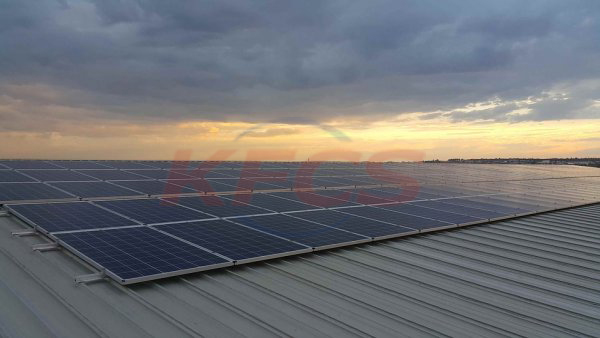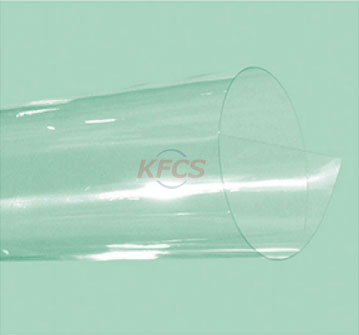Principle of Vanadium Redox Battery
2022-05-13
The Vanadium Redox Battery stores the vanadium ion solutions of different valence states as the active substances of the positive and negative electrodes respectively in the electrolyte storage tank. The electrolyte stored in the tank is pumped into the stack to make it circulate in the closed circuits of different liquid storage tanks and half cells. The ion conduction membrane is used as the battery diaphragm. The electrolyte flows through the electrode surface in parallel and produces electrochemical reaction, and the current is collected and conducted through the bipolar plate, Realize the conversion of electrolyte chemical energy and electric energy.
While some flow batteries use two different chemicals for the positive and negative sides of the battery, vanadium flow batteries use the same electrolyte on both sides of the battery. This means the batteries are safe and reliable, and there is no harmful corrosion or degradation over time.
About News
- 2.5kW vanadium battery
- 1-50kw all-vanadium redox flow battery energy storage system
- The world's largest 100MW all-vanadium redox flow battery energy storage and peak-shaving power station has entered the single module commissioning stage
- Sequoia materials company recycles 6gwh waste lithium batteries every year
- Advantages of vanadium redox battery
- Lithium battery recycling process and its application
- A temperature monitoring device for an all-vanadium redox flow battery case
- 500MW! Sweden's OX2 acquires Greek wind and solar projects
- Operation and maintenance procedures for box-type transformers in new energy photovoltaic power plants
- 32kW container type all vanadium flow battery for energy storage
Products








